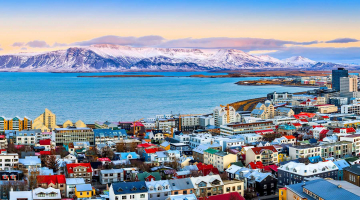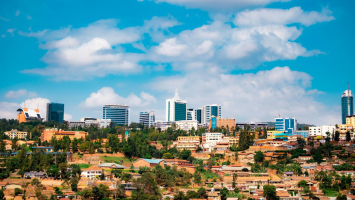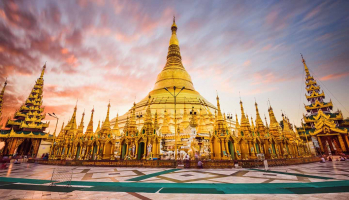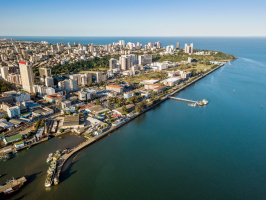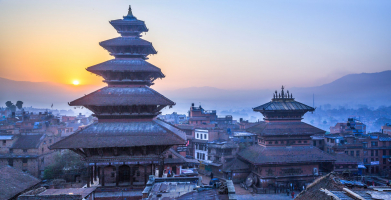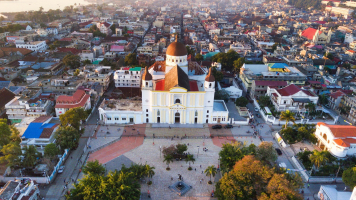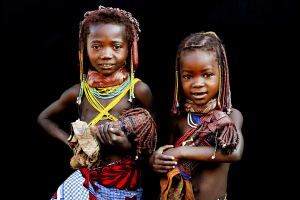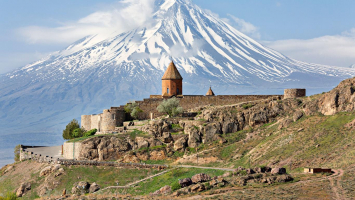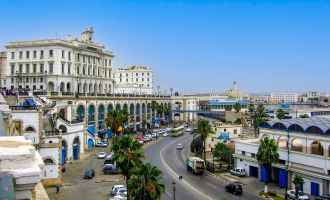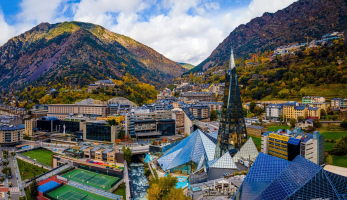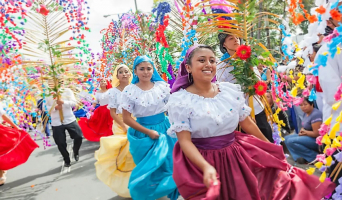Top 7 Unique Cultural Characteristics In Uganda
Immersing yourself in Ugandan culture and etiquette is essential for an authentic local travel experience while avoiding common travel mistakes. As a global ... read more...population, we are fortunate to live in an age that allows different cultures to intersect and entangle. Knowing how people handle themselves, welcome visitors, socialize, eat and spend their entertainment will make your safari or Uganda vacation a more rewarding adventure. Uganda is a very welcome destination and any tourist can easily learn the customs, culture and community easily. Here is a list of Unique Cultural Characteristics In Uganda.
-
Ugandans communicate more indirectly than directly, with stories and proverbs being common ways of expressing a point, which may require the listener's implicit knowledge. Before discussing important business, greetings and small talk are almost always made. In Ugandan cultures, emotions are accurately expressed between adults—foreigners may feel reprimanded with false sternness. Because most Ugandans enjoy a good joke, humor plays an important role in Ugandan communication. However, sarcasm should be avoided because it may not translate well, if at all.
Personal space is very limited in Uganda due to the closeness of Ugandans, especially when communicating. People often talk close to each other in less than an arm’s length of space. Personal space is practically non-existent on public transportation. People are frequently crammed into a bus or minibus taxi with no personal space. It's even worse in rural areas, with people sitting on top of each other to get home. In Uganda, it is acceptable for people of the same sex to talk while lightly touching. People on the street are frequently seen talking while touching their hands, arms, and shoulders. There is very little to no touching when two people of the opposite sex talk.The only appropriate touch is usually a handshake.
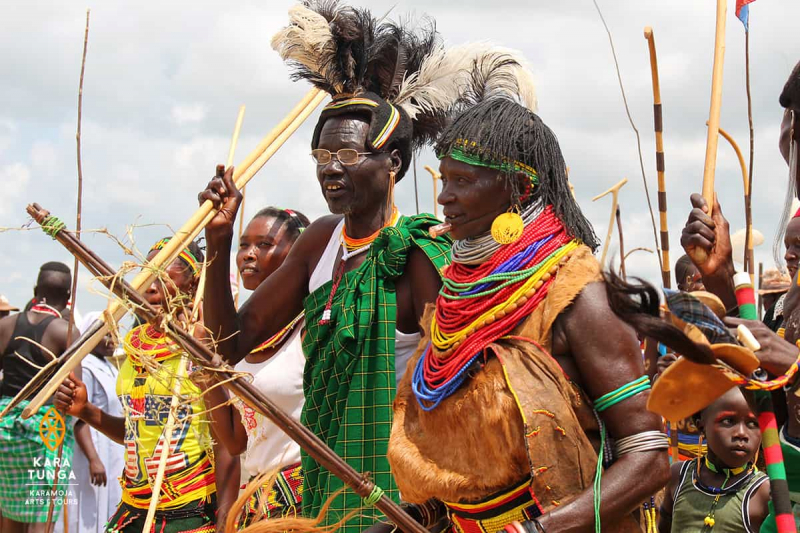
ugandabudgetsafaris.com 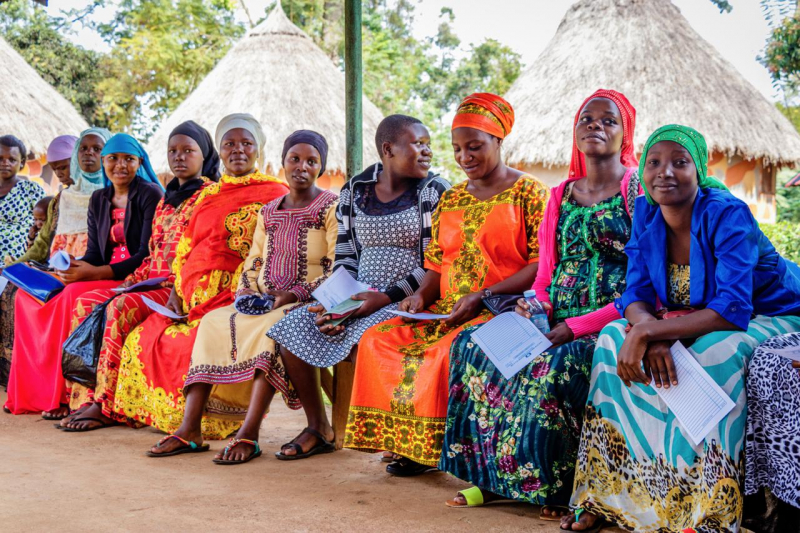
destinationuganda.com -
Most Ugandans are not comfortable expressing their emotions in public, unless it is during a public event such as a celebration or a death. Ugandans, in particular, frown upon public displays of affection for members of the opposite sex, such as holding hands, embracing, or kissing. Surprisingly, walking hand-in-hand with friends of the same sex is fairly common. Don't be surprised if a close Ugandan friend reaches out and grabs your hand a few minutes into your lengthy conversation. It's a nice gesture, and it's especially appropriate for hammering home a point.
In terms of intra-gender relationships, homosexuality is practically unheard of in Uganda, to the point where it would take some pretty bold behavior for anyone to take offense or attack you. So try to hold off on asserting your gay rights and instead enjoy your Uganda safari vacation. No Ugandan will be interested in your sexual orientation. When it comes to publicly displaying anger, Ugandans will ignore anyone who is unknown. Even the person you think you're reprimanding with an outburst of rage may simply walk away to avoid conflict.
Some minibus-taxi conductors in the particular act in a manner that positively invites an aggressive response, and when traveling independently, you’ll occasionally meet other road user’s displays of impatience. Frankly, many bystanders will not take offense if you responded to a pushy peddler with a display of anger, if only because the provocateur’s behavior itself goes against the norm. By contrast, losing your temper will almost certainly be counterproductive when dealing with obtuse officials, dopey waiters, and hotel employees, or unco-operative safari drivers.
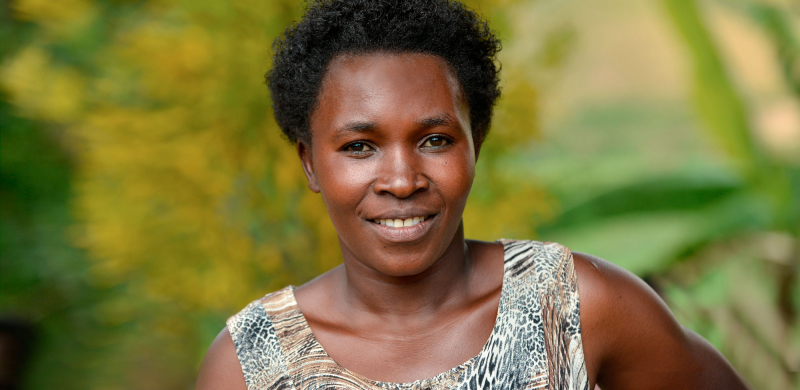
bwindiugandagorillatrekking.com 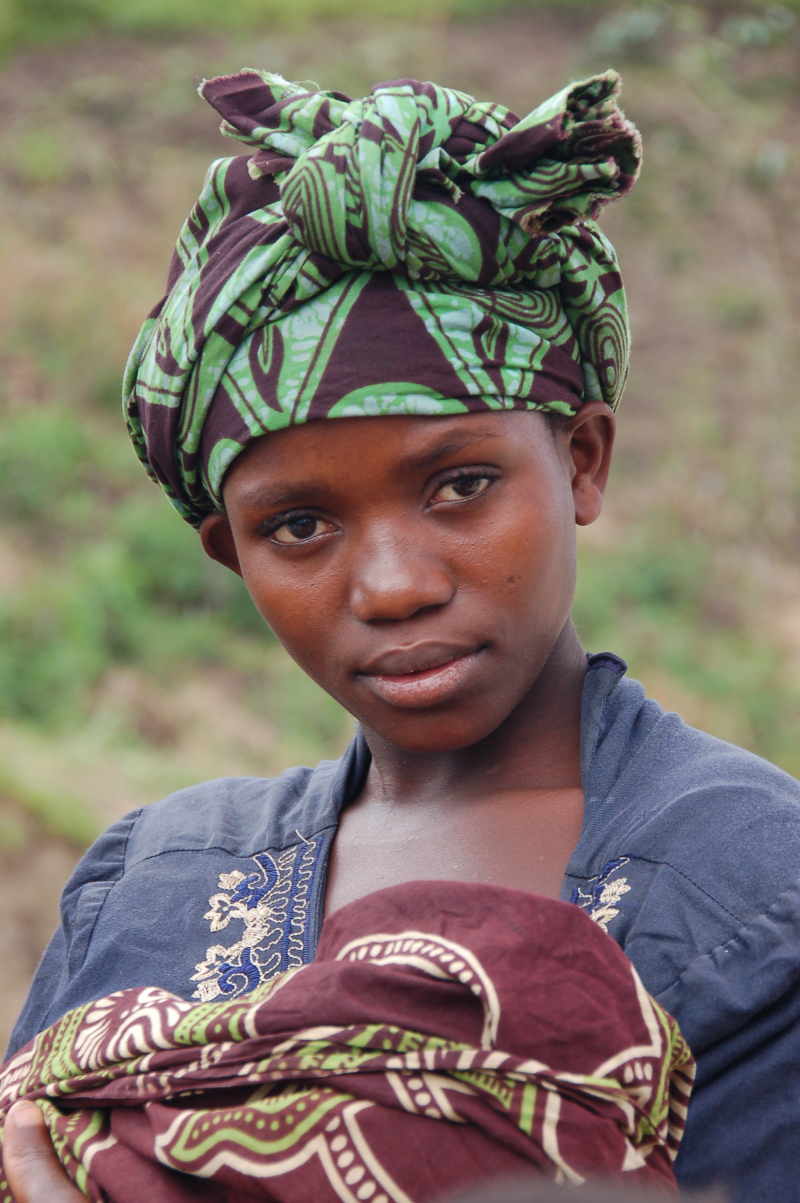
bwindiugandagorillatrekking.com -
Uganda's gender rights culture is still traditional African, and it is still in the early stages of transitioning to the modern gender culture of the Western world. The majority of Uganda, particularly the rural cultures, are still patriarchal. In most rural areas, women will most likely be housewives, with the husband making all major home decisions. The women cook, clean, do the laundry, care for the children, and work on the land.
When a woman marries, she moves from her father's family to her husband's, adopting his clan, culture, and religion. On a ceremonious day before marriage called Kwanjula (central regions) or Kuhinjira, "bridewealth" is transferred from the man's family to the woman's family (in the western regions). Polygamy is still widely accepted in many parts of the world. Women in most rural areas are required to wear clothing that covers their legs. With words like "malaaya," society will mock a woman who shows too much leg (meaning whore).
Uganda's traditional cultures are more relaxed in urban settings, and you're more likely to find women who work and have a career. Western civilization and culture are more evident in cities and large towns, although double standards are evident with many Ugandans in urban settings.
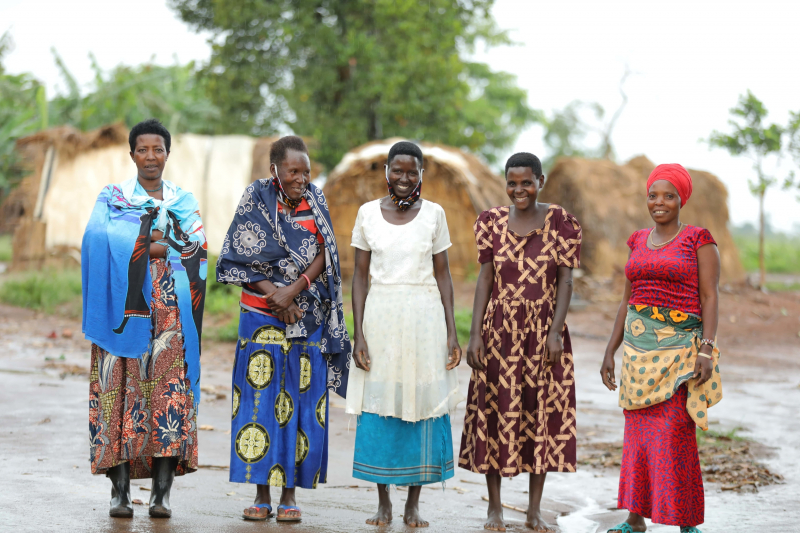
womankind.org.uk 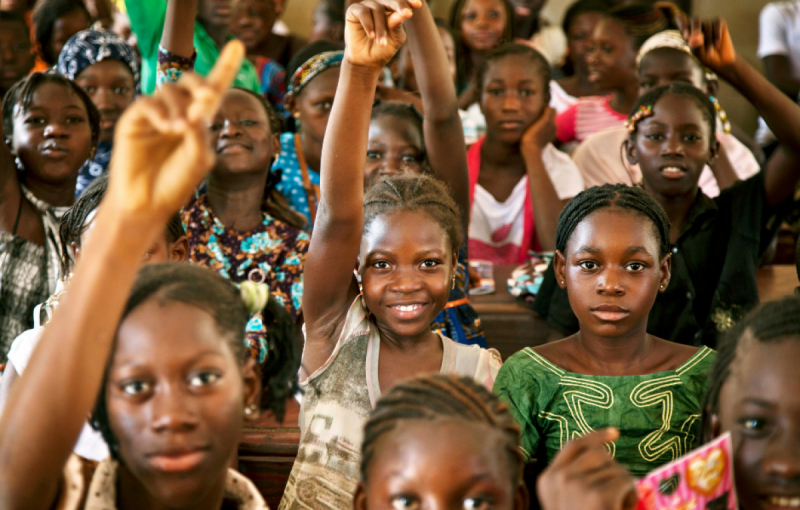
uganda4her.org -
Men greeting Men – A handshake is appropriate in most situations. Handshakes are usually energetic and linger a little. To show additional respect, the handshaker may lightly grip his shaking forearm with the opposite hand. Men frequently hold hands with other men, and the handshake is frequently extended into this hand-holding. This has no bearing on their sexual preferences; it is simply a sign of friendship and closeness.
Women greeting Women – A handshake and/or nod of acknowledgment is appropriate in most situations. If you would like to show great respect you may also place your left hand over your right elbow/forearm when handshaking. Many times women will hold hands with other women, and often the handshake is prolonged into this hand-holding.
Meetings between Men and Women – Appropriate greetings depend on the nature of the relationship and region. A handshake is usually appropriate but it is best to wait for the woman to extend her hand, otherwise a bow or a nod of acknowledgment will suffice.
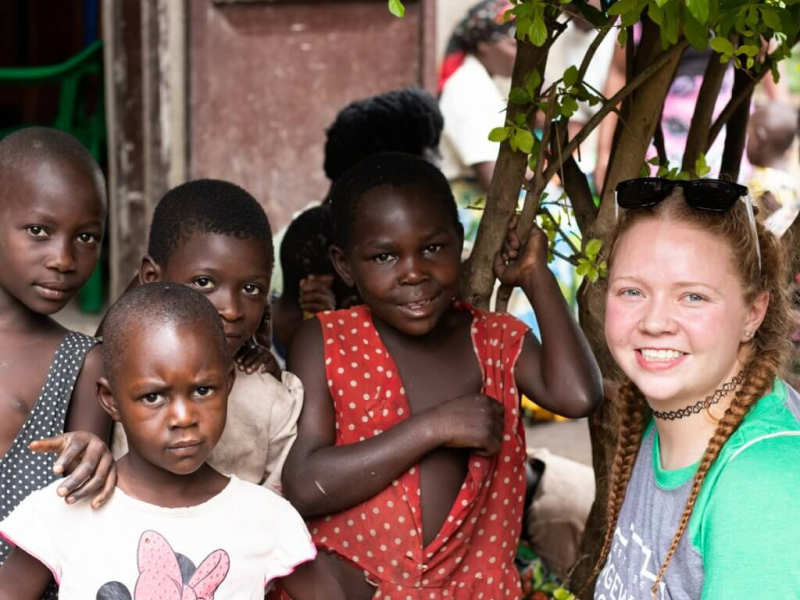
ugandaconcernuk.org 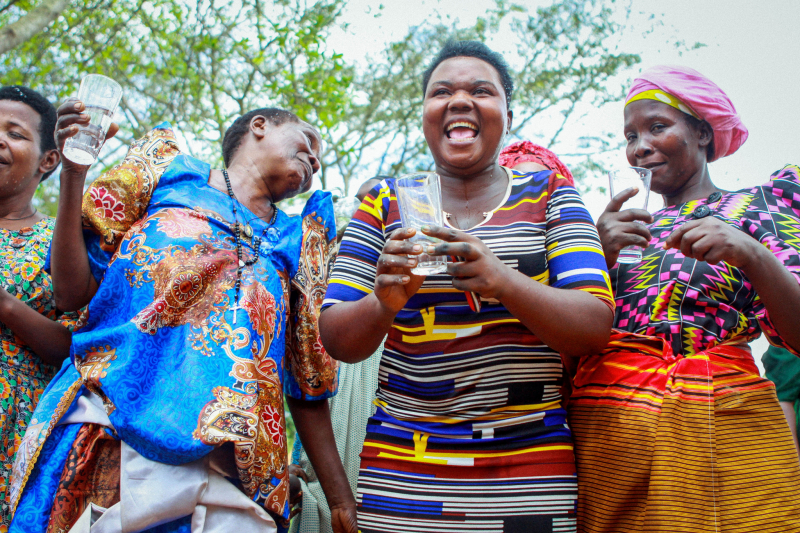
ugandaconcernuk.org -
Africans prefer to dress formally. Even though much of the clothing they wear is secondhand, you will see something in Kampala. Even though this is changing, the fact remains that Ugandans prefer to dress smartly but conservatively. When a woman wears a short skirt, she will usually pair it with leggings, jeans, or other slacks (unless going to a bar or nightclub). Wearing clothes that are not neatly pressed, cleaned, and in need of mending is considered insulting by Ugandans—in the city, being dressed smart earns you respect. Miniskirts and short shorts should be avoided by women.
Men and women are more respected when they do not wear shorts. On safari, you have better insect protection. Modesty in dress applies equally to men and women. You will see many Ugandan men in suits in Kampala - you certainly do not have to wear a suit - but neat, clean, and pressed clothing will be appropriate. Many women in Kampala and villages will wear a traditional dress called Busuuti, also called Gomesi. At the same time, men will wear what appears like a dress, and it is called a Kanzu. Both the Busuuti and Kanzu are worn at weddings and marriage introductions. Alicia Keyes wore a beautiful Busuuti during her visit to Uganda.
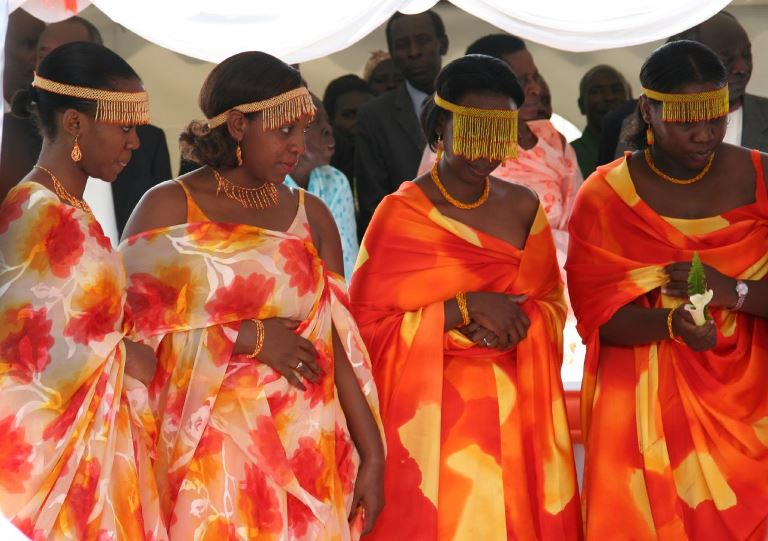
en.wikipedia.org 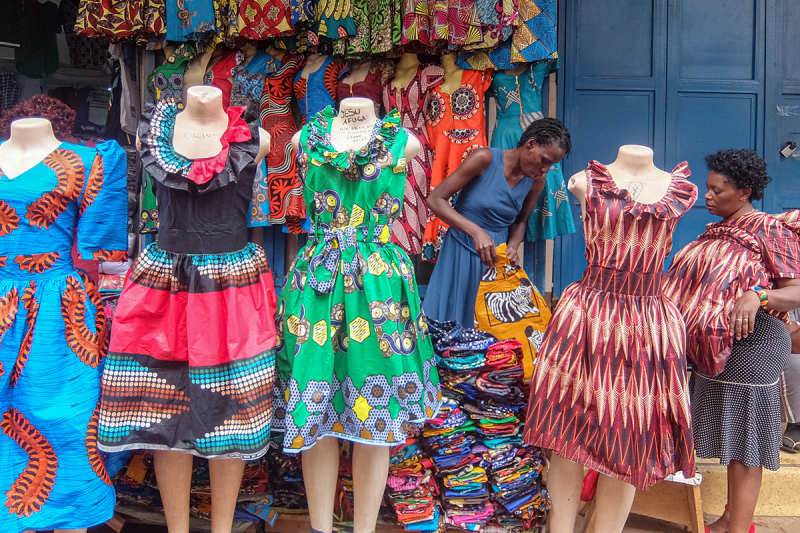
globalpressjournal.com -
The fine arts are almost entirely consumed and practiced by the Westernized elites. Nonetheless, a small but active group of local artists—painters, sculptors, poets, and playwrights—displays their work in local galleries and theaters. Folk art is widely collected and generates significant revenue. Collectors from all over the world prize Uganda's ethnic arts. Scenes from Ugandan history and legend are incised on hardwood shields or screens in this popular form. Ironworking, ceramics, and batik, a textile painting technique introduced to Uganda by Southeast Asian immigrants, are also popular. Two Ugandan painters, David Kibuuka and Henry Lutalo Lumu (1939-89), used elements of Western painting, such as oil-based paints, to express African themes and lived outside the country.
Traditional Ugandan music employs instruments such as the lyre, marimba (xylophone), and thumb piano (see lamellaphone). Both Ugandan and foreign music have a large following in the country. Uganda's well-known Afrigo Band, which combines traditional and popular musical elements, tours internationally on a regular basis and has released a number of recordings. Congolese music is extremely popular in the country, and it represents the return of musicians from that region, reviving a cultural exchange that existed until the 1970s. In most towns and commercial centers, there are numerous discos, pubs, and bars where live music is performed.
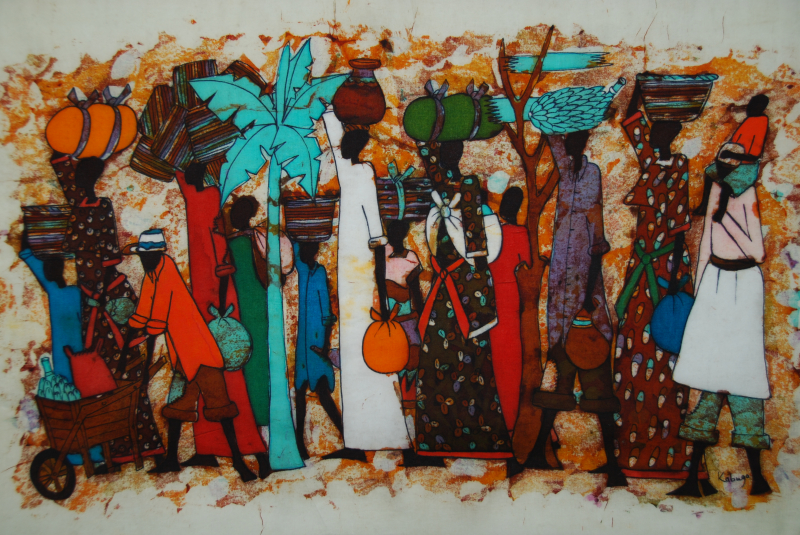
chimpreports.com 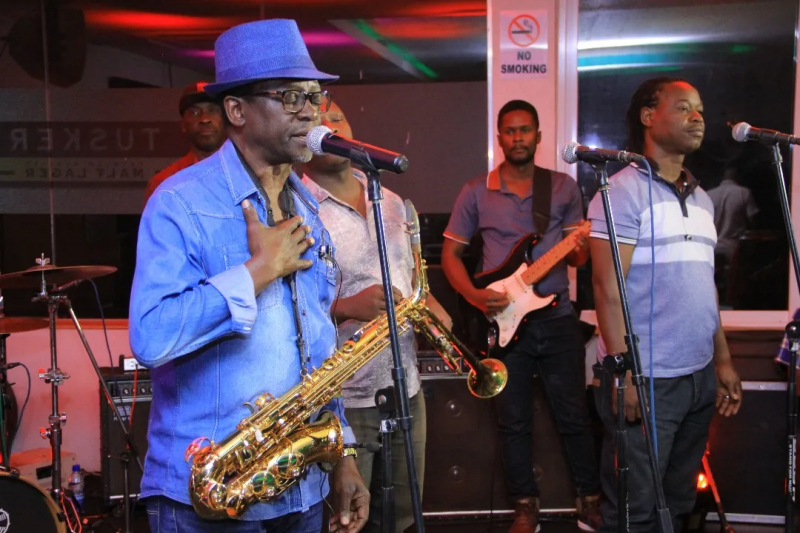
chimpreports.com -
Baganda Music is one of Uganda's most amazing and amazing music genres. This is Baganda traditional music. They are the largest ethnic group in Uganda and live primarily in the central region. This traditional music is heavily reliant on various types of drums and percussions. Other instruments used in this type of folk music include the Akadinda xylophones, the Ennanga harp, the Etongoli lyre, and the Kadongo lamellophone. Musical scales are nearly pentatonic.
Abayudaya Music is the music of the Jewish people of Uganda. There are approximately 600 communities in small villages near the eastern Ugandan town of Mbale. Thousands of Jews lived in Uganda at the turn of the twentieth century, but many were forced to convert to Islam or Christianity. Recent contact with and economic assistance from Israel has boosted the entire region surrounding Mbale. Traditional music plays an important role in their lives, and they use it to keep and maintain their religion. The music is Jewish and African at the same time. The lyrics are in both Hebrew and Luganda (one of the main languages between them).
Kadongo Kamu is Uganda's most popular music genre. It was Uganda's first mainstream music. Kadongo Kamu translates as "one small guitar." The original versions of this music were performed by just one guitar, though other instruments were later added. The music is based on Baganda music, and the ideas for guitar playing and singing are inspired by some of the drumming styles and dances found in Baganda music. Fred Masagazi is regarded as Kadongo Kamu's father. Elly Wamala is also one of the founders of this music, though he later stopped performing it because he believed that many uneducated musicians played Kadongo Kamu. Paulo Kafeero is the most well-known composer and singer in Uganda's Kadongo Kamu tradition.
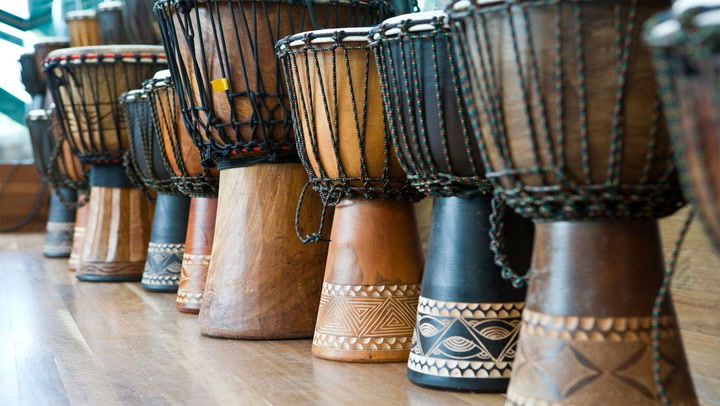
liveabout.com 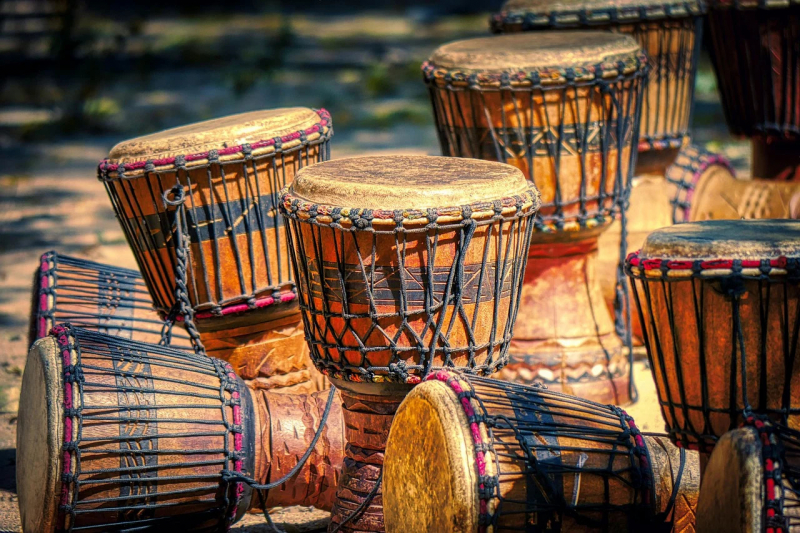
pixabay.com










